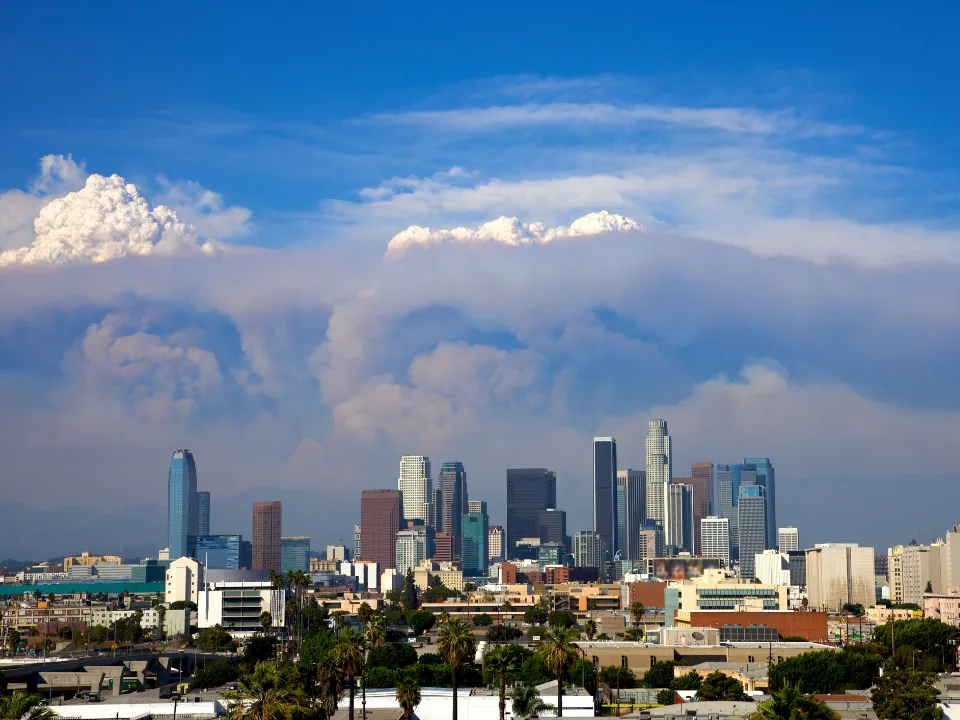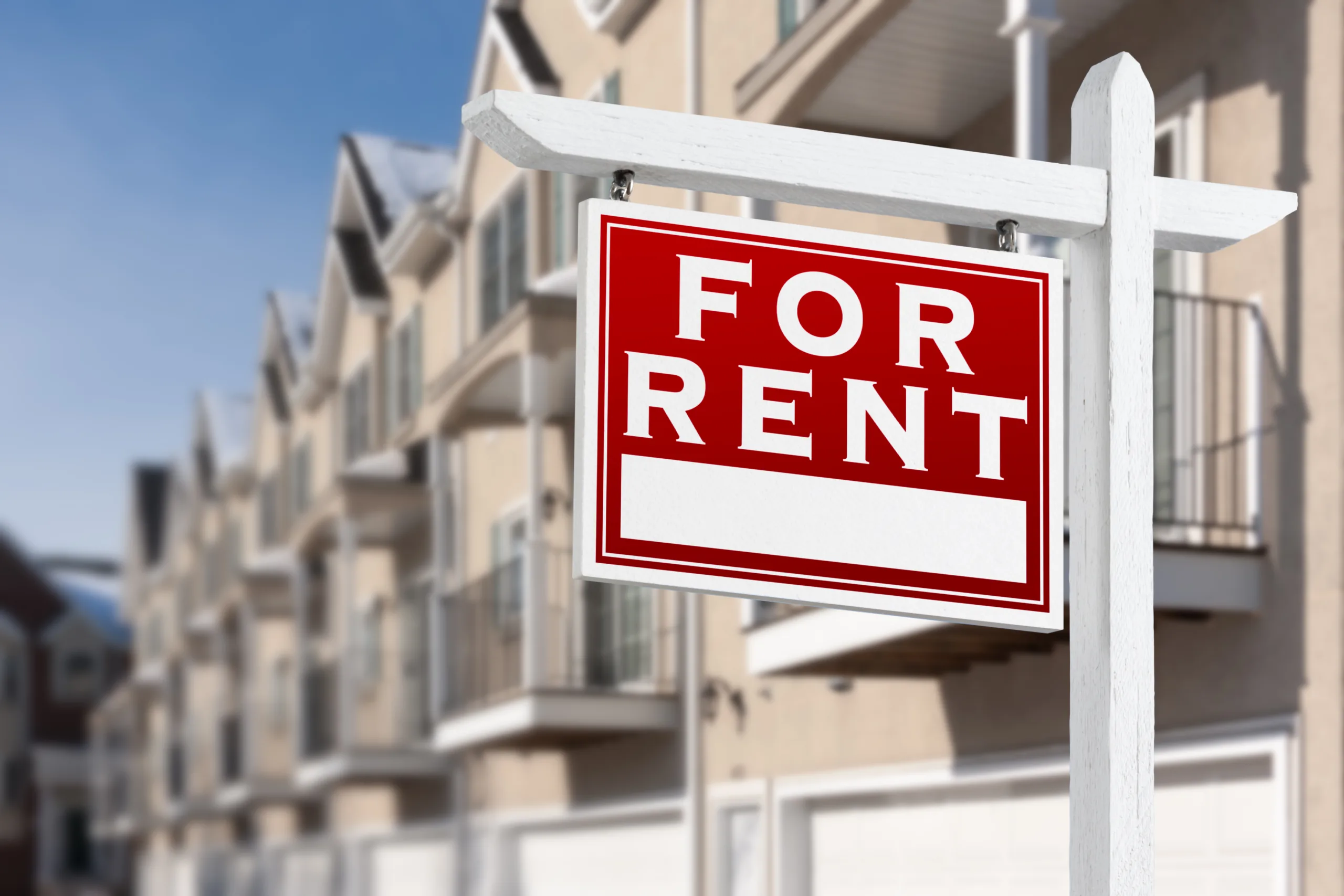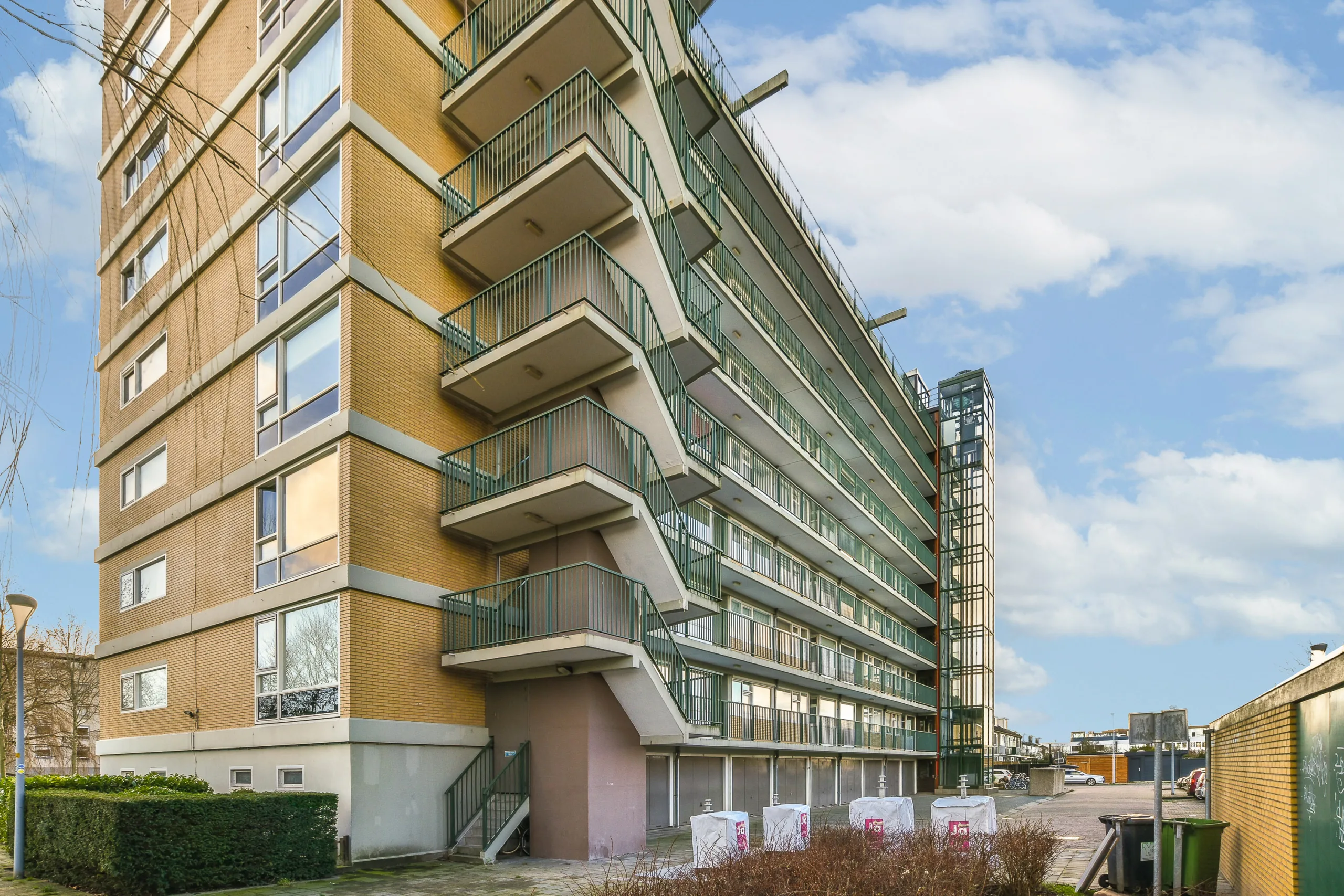- FEMA chose not to implement its Direct Lease program after January’s wildfires in Los Angeles County, claiming there was enough rental housing available.
- Advocates argue that many survivors are still struggling to secure stable housing, with some forced into homelessness or unstable living conditions.
- Local organizations and national disaster relief experts are pressing FEMA and state officials, saying existing data overlooks the true scope of post-disaster housing insecurity.
A Controversial Decision
After wildfires destroyed 13,000 homes in Los Angeles County earlier this year, survivors expected FEMA to step in with emergency housing support, as it often does after major disasters. However, the agency declined to activate its Direct Lease program, which leases apartment units directly for displaced residents, per The Real Deal.
Citing an internal analysis, FEMA officials, along with California’s emergency management office, determined that over 5,600 rental units were available at affordable rates. They argue the rental market could absorb the displaced population without extraordinary federal intervention.
Survivors in Limbo
On the ground, however, survivors tell a different story. Tamara Johnson, 62, whose rental home in Altadena was destroyed, has been unable to find a landlord willing to accept FEMA vouchers. Her struggles have left her sleeping first in her van, then in a rental car after a crash.
Local nonprofits report a surge in hidden homelessness — survivors doubling up with family, couch-surfing, or relying on costly hotel stays. “It’s sad there has to be this much talking when they should know we need it,” said Heavenly Hughes of My Tribe Rise, a nonprofit aiding wildfire victims.
Get Smarter about what matters in CRE
Stay ahead of trends in commercial real estate with CRE Daily – the free newsletter delivering everything you need to start your day in just 5-minutes
Why It Matters
FEMA’s decision highlights the gap between administrative data and lived realities on the ground. While official reports suggest sufficient housing stock, frontline workers and survivors say that affordability, voucher acceptance, and regional demand have left many without realistic options.
Typically, branded federal support programs like Direct Lease provide a crucial bridge for survivors during rebuilding phases, preventing widespread instability. Without it, vulnerable populations risk deeper displacement and long-term hardships.
What’s Next
Advocacy groups are urging FEMA and state officials to reconsider the data and launch additional housing support programs. As pressure mounts, the situation in Los Angeles may serve as a critical test case for how federal agencies adapt disaster recovery efforts to reflect both statistical analyses and community realities.

















